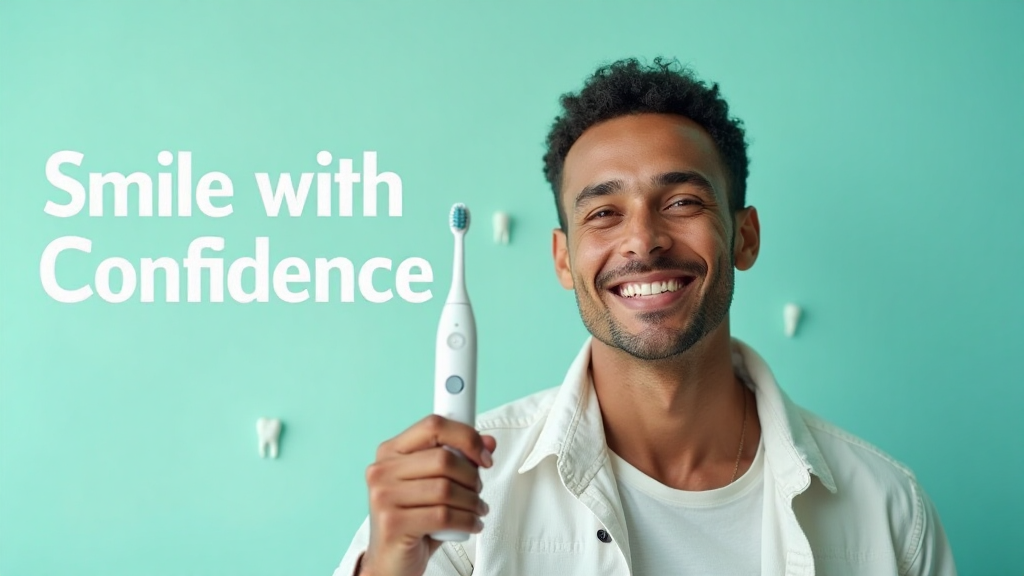Sonic Toothbrushes 101: Everything You Need to Know
“Are sonic toothbrushes BS? Do they make any noticeable difference?” asked a curious Redditor on r/askscience, sparking a lively debate. If you’ve stumbled across similar buzz online, you’re not alone. 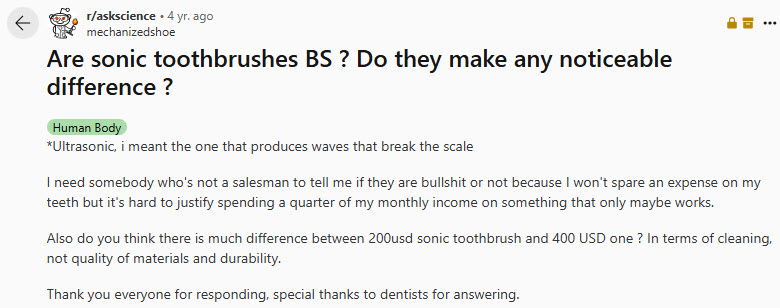
Sonic toothbrushes have revolutionized oral care, earning praise from both everyday users and dental pros. But what’s behind the hype? Are these high-vibration wonders worth the investment, or just another gadget fades into the drawer? In this deep dive, we’ll unpack how sonic toothbrushes work, what they offer, why they’re loved (and sometimes loathed), what real users are saying about their experiences, and so on. Get ready to uncover the truth about going sonic.
What Is a Sonic Toothbrush, Anyway?
A sonic toothbrush utilizes high-frequency vibrations, typically ranging from 24,000 to 62,000 strokes per minute. Unlike oscillating toothbrushes, which primarily rely on rotational movement, sonic toothbrushes generate a dynamic fluid action. This action propels toothpaste and saliva into those hard-to-reach areas between your teeth and along the gumline, effectively removing plaque and debris. That's the "sonic" magic at work. 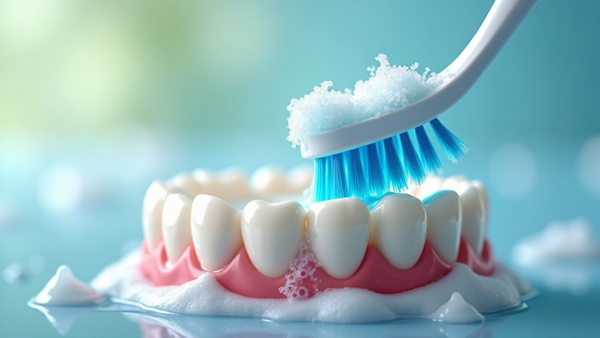
How Sonic Toothbrushes Work
The term “sonic” refers to the speed of the vibrations, which are fast enough(24,000 - 62,000 RPM) to generate audible sound waves (in the human hearing range up to 20,000 Hz). While these sound waves don't directly clean your teeth, they play a role in the fluid dynamics that make sonic toothbrushes so effective. Here’s how the process works:
- High-Frequency Vibrations: The toothbrush vibrates at high speeds, powered by the motor in the handle.
- Fluid Action: These vibrations create pressure waves in the toothpaste and saliva, helping to break up plaque.
- Micro-Bubbles: The pressure waves form tiny bubbles that burst, helping to lift plaque and bacteria from your teeth.
- Gentle Cleaning: The bristles scrub away surface stains and debris for a thorough, yet gentle clean.

What a Sonic Toothbrush Offer?
- Improved Cleaning Performance: it uses high-speed vibrations to deeply clean teeth and the tiny gaps between teeth and gums.
- Prevention of Gum Disease: it can effectively reduce gum bleeding, gingivitis, and bad breath.
- Multiple cleaning modes: with a variety of modes to choose from, it is also suitable for users with sensitive teeth and gums.
- Stimulation of Gums: The vibrations can also stimulate blood flow in the gums, promoting healthier gums and reducing inflammation.
- Timer and Pacer: most sonic toothbrushes have a built-in 2-inute timer and 30s QuadPace to move to a different quadrant of your mouth.
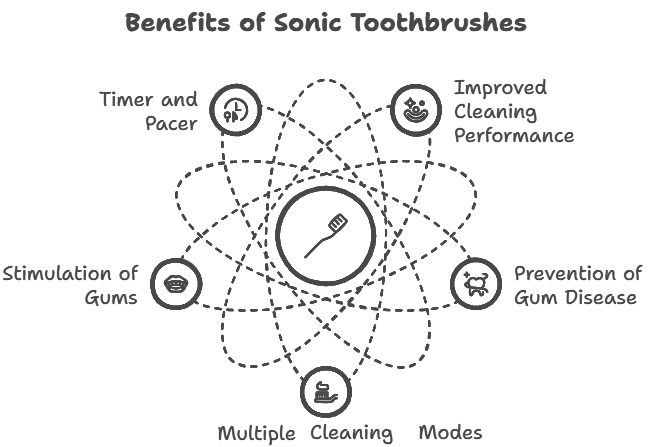
What Users Say the drawbacks of Sonic Toothbrush?
Although many users love how sonic toothbrushes have improved their dental health, but some still experience some discomfort. Just as the following few downsides discussed in Reddit:
Intensity and Sensation: Some users find the vibrations of sonic toothbrushes to be too intense or uncomfortable. For instance, one user mentioned that the vibrations were so strong it felt like their teeth might vibrate out of their mouth.
Learning Curve: There is a learning curve associated with using a sonic toothbrush. Users need to get accustomed to the technique and the sensation, which can be initially off-putting.
Preference: Some people simply prefer the feel of other types of toothbrushes, such as those with rotating heads, and find sonic toothbrushes less suitable for their needs.
Potential for Discomfort with Braces: For individuals with braces, the intense vibrations can cause discomfort.
Cost: Sonic toothbrushes, especially high-end models, can be quite expensive. Some users question whether the cost is justified compared to other types of toothbrushes.
These points highlight that while many people find sonic toothbrushes effective, they may not be suitable for everyone due to personal preferences and specific dental needs. 
How to Use Sonic Toothbrush Properly?
- Angle it: Hold the brush at a 45-degree angle to your gums.
- Don’t scrub: Let the vibrations clean - gently guide it along teeth.
- Time it: Brush for 2 minutes, 30 seconds per section (4 quadrants).
- Replace brush head: change the brush head every 3months, or as needed based on wear and tear.
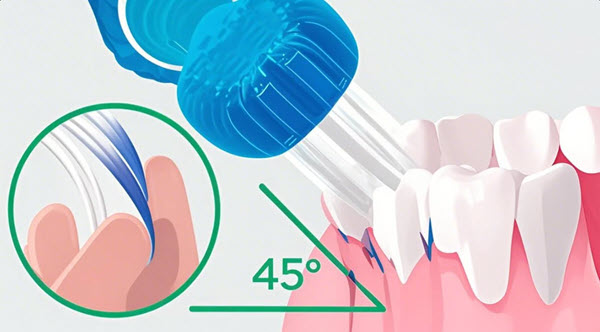
Any Sonic Toothbrush Brands?
Philips Sonicare stands out as the leading sonic toothbrush brand as for its technology, range and a variety of models. Oral-B, Colgate, and Waterpik are also notable brands.
As sonic toothbrushes have become more popular over the past few years, several noteworthy brands have appeared, including Quip (slick design toothbrush), Suri (sustainable toothbrush), and Gearora (retractable and self-sterilizing toothbrush). There is always one that suits you.
Should You Go Sonic?
It’s up to your priorities and habits. Take a closer look at the above information, if the benefits of a sonic toothbrush (what a sonic toothbrush offer) address your specific needs, why not pick one up and give your smile the boost it deserves? If you’re hesitant due to potential drawbacks, take some more time to research and observe.
But if drawbacks (what users say the drawbacks of sonic toothbrush) make you hesitate, take a step back to research and reflect. Your perfect brush is out there - sonic or not, it’s worth finding.
